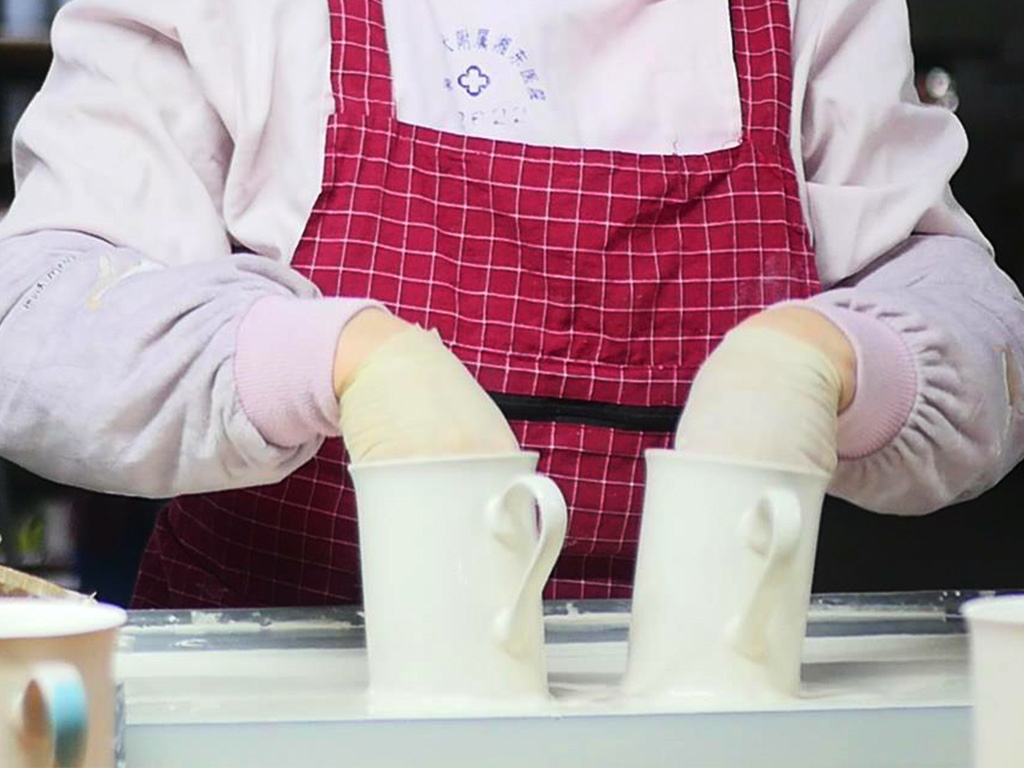Ceramic Glaze Colors: Unraveling Their Mysteries
Ceramic glazes are the core elements in ceramic production. They not only endow products with gorgeous colors but also determine their durability and functionality. However, there is a wide variety of glazes on the market, with complex compositions. How to choose the right glaze has become a puzzle for many ceramic practitioners. This article will analyze ceramic glazes from a professional perspective to help you gain a deep understanding of this crucial material.
1. What are Ceramic Glazes?
Ceramic glazes are glassy thin layers that cover the surface of ceramic products. After high - temperature firing, they combine with the ceramic body to form a protective layer with luster, hardness, and corrosion resistance. They are made by mixing a variety of mineral raw materials and chemical raw materials. By adjusting the formula, different colors, textures, and functions can be achieved.

2. Core Components and Classification of Ceramic Glazes
Glaze formulas usually include the following four major categories of components. The proportion of different components determines the characteristics of the glaze:
| Component Type | Main Raw Materials | Function | Typical Applications |
|---|---|---|---|
| Glass - Forming Agents | Quartz, Feldspar, Talc | Form the glass matrix of the glaze surface | Essential components of basic glazes |
| Fluxes | Potassium Carbonate, Sodium Carbonate, Zinc Oxide | Lower the melting point of the glaze and promote melting | Crucial components of low - temperature glazes |
| Colorants | Metal Oxides (such as Iron Oxide, Copper Oxide) | Endow the glaze surface with color | Core components of colored glazes |
| Stabilizers | Alumina, Clay | Prevent the glaze surface from cracking or peeling | Essential components of high - temperature glazes |
Classification by Firing Temperature
According to the applicable firing temperature, glazes can be divided into three major categories:
- Low - Temperature Glazes (<1000℃): Commonly used in pottery, rich in colors but with relatively low hardness
- Medium - Temperature Glazes (1000 - 1200℃): Balance color and strength, suitable for daily ceramics
- High - Temperature Glazes (>1200℃): High hardness and corrosion resistance, mostly used in industrial ceramics
3. Core Functions of Ceramic Glazes
Glazes play three irreplaceable functions in ceramic production:
1. Decoration and Beautification
Through different colorants and processes, matte, glossy, crystalline, metallic luster and other effects can be achieved to meet diverse design requirements.
2. Protecting the Ceramic Body
Form a dense protective layer to prevent water penetration, stain adhesion, and mechanical damage, extending the service life of ceramic products.
3. Function Enhancement
Adding special components can endow the glaze surface with antibacterial, high - temperature resistance, insulation, and other functions, suitable for fields such as sanitary ceramics and industrial ceramics.

4. How to Choose the Right Ceramic Glaze?
When choosing a glaze, the following factors need to be comprehensively considered to ensure compatibility with the ceramic body and the production process:
- Ceramic Body Material: Clay ceramic bodies are suitable for low - temperature glazes, while porcelain ceramic bodies are more suitable for medium - and high - temperature glazes
- Firing Temperature: Select glazes within the corresponding temperature range according to the kiln conditions
- Function Requirements: Ceramics for food contact need to use safe glazes with lead and cadmium leaching amounts meeting the standards
- Effect Design: Define the required gloss, color stability, and surface texture
5. Precautions for Using Ceramic Glazes
To ensure the best results, the following process points need to be noted:
- Glazes need to be fully ground. Coarse particles can cause uneven glaze surfaces
- Control the thickness of glaze application. Too thick glaze is prone to running, and too thin glaze affects the protection effect
- High - temperature glazes need to strictly control the kiln heating curve to avoid cracking due to excessive temperature differences
- Food - grade ceramics need to pass professional tests to ensure that heavy metal residues meet national standards
6. Frequently Asked Questions
Q1: Why does the color of the glaze change after firing?
Answer: The kiln atmosphere (oxidizing/reducing), heating rate, and holding time will all affect the color - rendering effect of metal oxides. It is recommended to conduct small - batch trial firings first.
Q2: How to solve the problem of glaze surface cracking?
Answer: Check whether the thermal expansion coefficients of the glaze and the ceramic body match, and appropriately increase the alumina content to improve the toughness of the glaze surface.
Q3: Can low - temperature glazes be used in microwave ovens?
Answer: It is not recommended. Low - temperature glazes have low hardness and may contain components that are not resistant to high temperatures, and are prone to damage in a high - temperature environment.
7. Conclusion
Ceramic glazes are the bridge connecting craftsmanship and art. Their formula design and process control directly determine product quality. As a professional ceramic factory, we are always committed to glaze research and innovation, providing a full range of glaze solutions covering low - temperature, medium - temperature, and high - temperature glazes, and supporting personalized customization and function enhancement. Contact us now and let high - quality glazes empower your products!

keyword
Previous page







